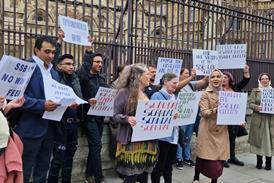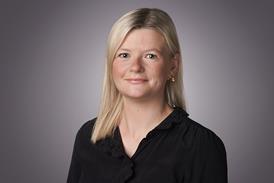Taxation for the self-employed (including partnerships)
The UK’s fiscal year spans 6 April to 5 April and requires businesses to report profits earned during this period for tax assessment. Under the current legislation, the self-employed often encounter the challenge of having their earnings taxed twice within their first year. This is due to unincorporated businesses adopting a distinct accounting year, referred to as the ‘basis period’, which depending on their accounting year end can misalign with the standard tax year.
Overlap relief has been used to address this but the process is laden with complexity and administrative demands, and relief was only granted when the basis period was amended, or a trade ceased. Recognising the complexity of the current system which can lead to mistakes, HMRC is reforming the process to bring the basis period in line with the UK tax year. This change will impact affected parties from 5 April 2024.
Basis period reform
The new regulations mandate that all self-employed individuals must report profits aligned with the UK tax year, irrespective of their accounting year. The impact of this change varies based on how misaligned your accounting year may be to the tax year. If your accounting year concludes between 31 March and 5 April, no further action is necessary, as profits are already reported as per HMRC’s requirements. However, if this is not the case, it’s advised to consult with a tax advisor to navigate the complications that will likely arise.
In cases of misaligned basis periods and tax years, additional steps will be required, including calculating profit during a transition period. Alternatively, you have the option to shift the accounting year to comply with the new regulations. In both scenarios the individual may have to pay tax on a period in excess of 12 months in the transition year.
A novel approach to tax calculation
The change in reporting structure requires you to declare your profits earned solely within the tax year, even if that means including two overlapping accounting periods. Challenges can therefore arise when the second accounting period is incomplete by the self-assessment tax return deadline on 31 January.
In such instances, HMRC allows individuals to submit estimated figures, with the obligation to then provide accurate figures within 12 months.
Considering a change in accounting year
You have the option to align your accounting year with the tax year. This adjustment eliminates the need for additional calculations and is generally less intricate and time-consuming, however if you are in a partnership, you will need agreement of the partnership to change the accounting period. Before committing to making this change, two crucial elements need to be considered:
- Timing: Optimal timing for moving the accounting period, such as during the 2023 – 2024 tax year, may allow leveraging the basis period reform for spreading additional profits and tax.
- Consultation with a tax advisor: Whilst the UK’s tax system is wholly complicated, realigning an accounting year with the tax year is particularly intricate. So, seeking professional advice is advisable to navigate the process seamlessly and avoid a potential fine from HMRC.
Next steps
While the basis period reform may seem daunting initially, it’s designed to simplify future tax calculations. For self-employed individuals, the initial step involves clarifying the start and end dates of the accounting year. Only then can a decision be made between calculating transition period profits or aligning the accounting year with the tax year. For comprehensive tax planning and additional guidance, consider consulting a trusted tax advisor.
Ben Brookes is a partner at Wellers, a small business accounting firm for SMEs




























No comments yet